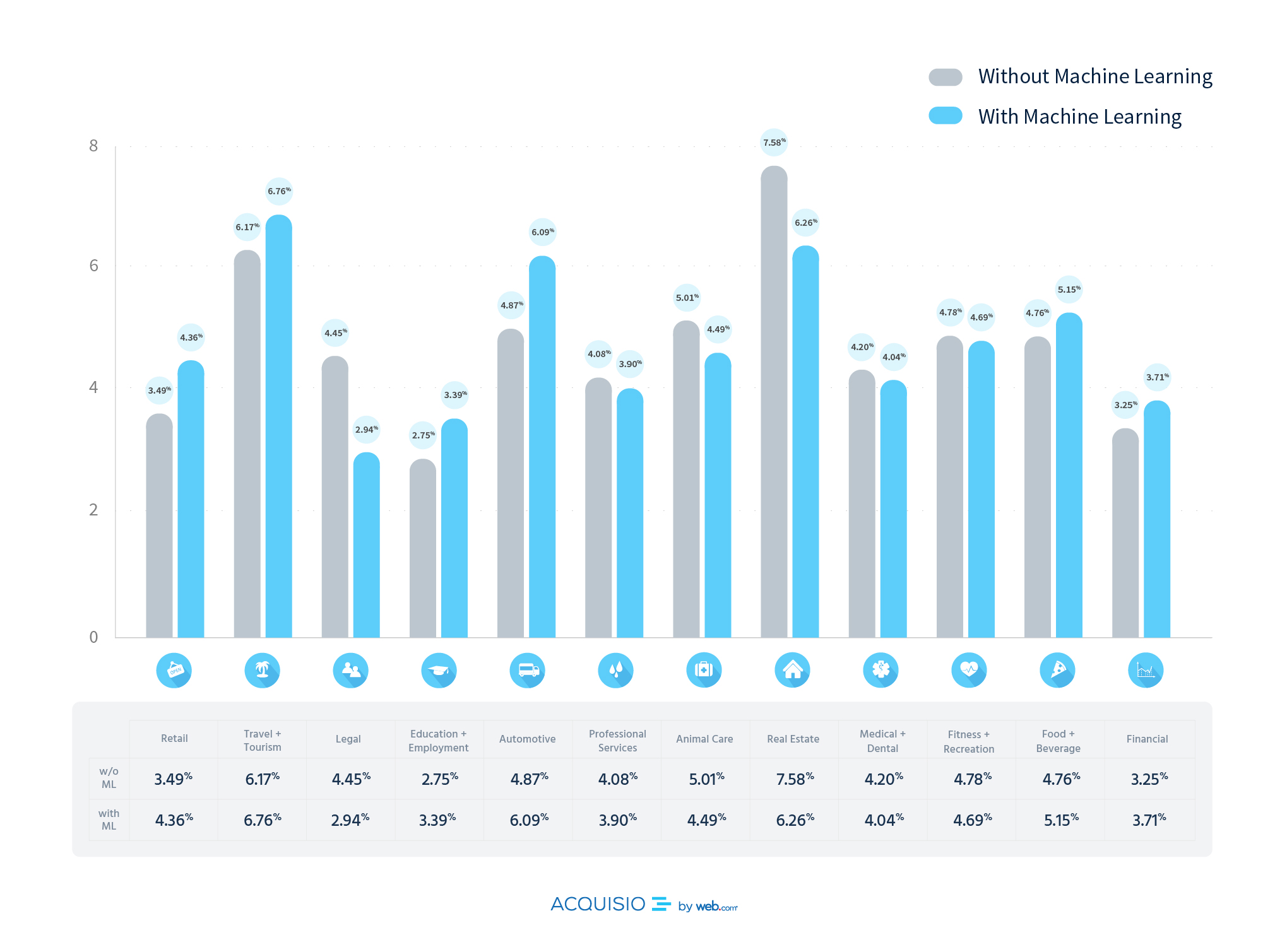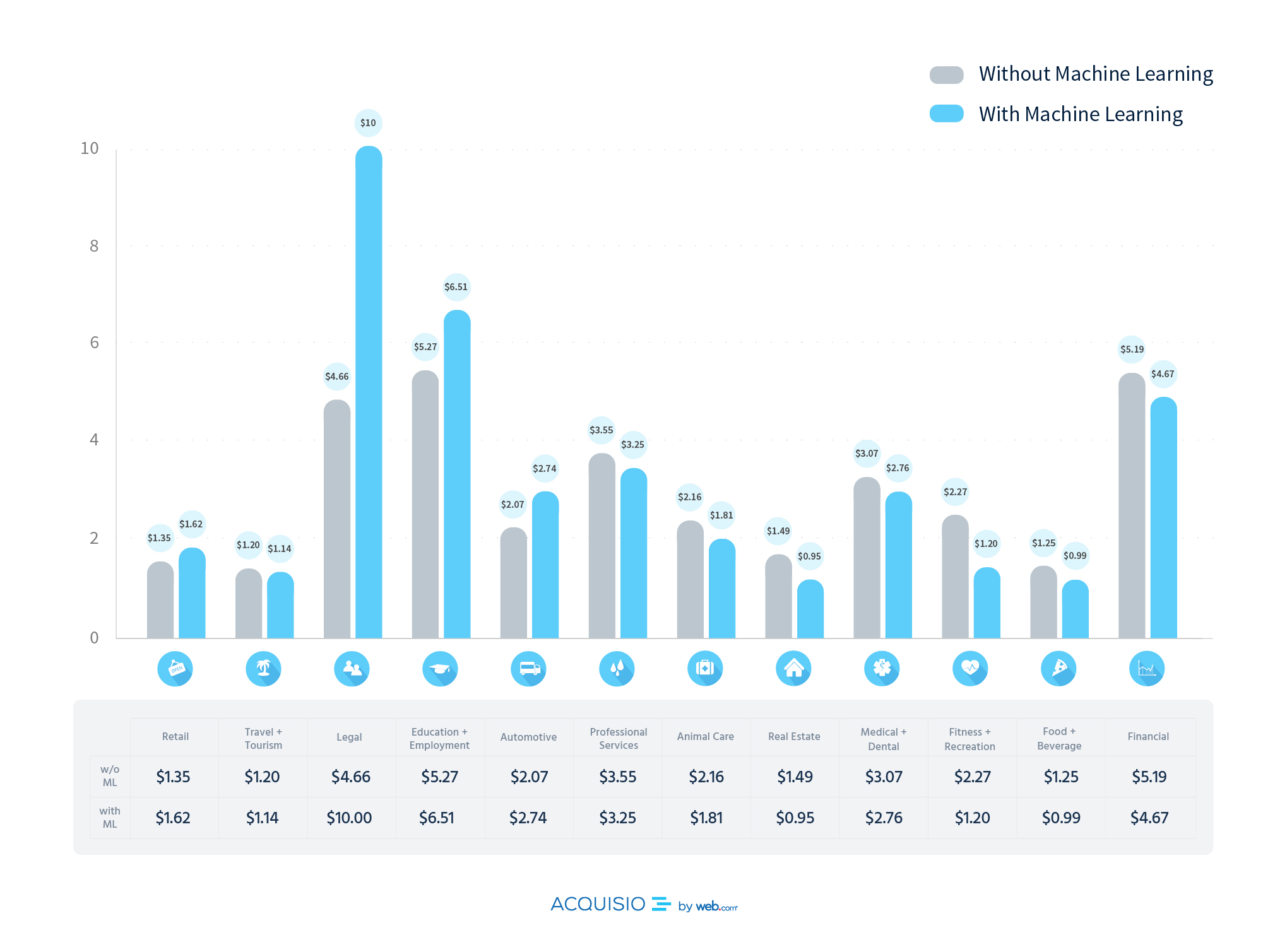A potpourri of updates
 Here at The Agitator, we pride ourselves on well-reasoned, thoughtful posts that explore important themes in depth often over a week.
Here at The Agitator, we pride ourselves on well-reasoned, thoughtful posts that explore important themes in depth often over a week.
This isn’t going to be one of those weeks.
This is going to be a week of potpourri, using the popular Jeopardy definition of “doesn’t fit into any other category.”
So we’ll start with three updates on pieces that ran earlier this year.
Item #1. In January, I talked about how Google was requiring nonprofits to have a click-through rate for Google Grant ads at 5%. Specifically:
“(Lest I get into rant-ish territory again, I’ll simply state that for-profit advertisers are not being held to the same standards and leave it at that.)
(Also, raising the $2 limit as long as you optimize toward conversions, while requiring the ad account to optimize toward a high CTR standard, makes no sense. OK, now I’m done.)”
First, the news that I’m guessing a lot of you have experienced – our ability to use Google Grants widely has collapsed like a Barbie chair under a sumo wrestler. To meet 5% CTR, most nonprofits have slashed their keywords, spend, and reach to hit this arbitrary threshold.
But there are new data out that proves out part of my original point – for-profits aren’t being held to the same standards. Acquisio looked at the average click-through rates for various industries:

As you can see, industries like Legal, Education + Employment, and Financial are well below the 5% CTR that Google is asking of nonprofits.
Hmmmmmmm… I wonder if there’s any correlation to what those industries pay per click?

I am shocked – shocked! – to find out that Legal, Education + Employment, and Financial are paying the most per click.
One might take the lesson from this to be that you can pay your way out having poor engagement rates. And that would be accurate.
But I prefer to look at this in reverse: you can relevant your way out of having to pay more.
(I know “relevant” isn’t technically a verb, but if you aren’t yet verbing out there, give it a try. Verbing weirds the language.)
This isn’t just true for Google ads – Facebook ads have a relevance score that measures how likely someone is to click on your ad. If it’s high, you pay less for getting your ad shown, because Facebook knows that you will be more likely to generate revenue than a worse ad. (Think relevance X spend = a constant.)
And it’s not a bad lesson for all of direct marketing – you can increase the value of your spend by being more relevant. Not shocking, but a remarkably upbeat note to end this one, considering I was going to do a rant about how Google’s avowed reason for requiring 5% CTR – the user experience – is clearly bunk given that they are willing to be paid to (allegedly) pollute the user experience.
Item #2. In February, I looked at whether slacktivists – people who take online advocacy actions – are more or less likely to donate. (Answer: it depends on you. Read the article here.)9
Now, there’s new research in a related vein: are people who buy things through cause-related marketing more or less likely to donate to you? It could be that moral reinforcement means that doing a good thing (buying a product that donates) makes you more likely to do good things. It could also be that moral licensing means that once you’ve done a good thing, you now have the mental right to do bad things. There’s evidence on this last point that even the presence of good things allows licensing for bad things; for example, the presence of salads on a fast food menu makes people more likely to order unhealthy things. Hey, they considered doing something good.
That isn’t, however, what happens with cause-related marketing. The researchers found that people who engaged with cause-related marketing were also more likely to donate to organizations.
This creates an interesting acquisition opportunity. Can you negotiate access to purchasers into your cause-related marketing agreements? Most such agreements don’t have this pass-through of information, but it can sometimes be allowed, especially if future interactions are cobranded. With a person who participated in a cause-related marketing scheme, you have someone who is more likely to donate and to have an affinity for your organization. Sounds better than trying a magazine subscriber cold list.
Item #3. In March, I talked about how complex being simple is:
“Easy things make our brains happy, and happy brains do the things we want them to (like donate). Easy things are more persuasive. Simply named stocks go up; simply named people become president.”
Well, there are new data out about simplicity in a vitally important debate: two spaces or one space after a period?
Using eye-tracking data, researchers found text processing was easier when two spaces are used, giving important empirical evidence on one of the roiling issues of the day. So, two-space your communications with pride, knowing that you are making people’s lives a bit easier and a bit better.
Some readers may think I’m using cover of how simplicity and cognitive fluency makes people more likely to donate. They would say I’m just nursing a grudge against the AP Style guide and other one-spacers who would set our proud traditions aflame just to watch them burn.
But I assure you, dear reader, that I would only do such a thing as the third item in a larger piece or something.
Nick


